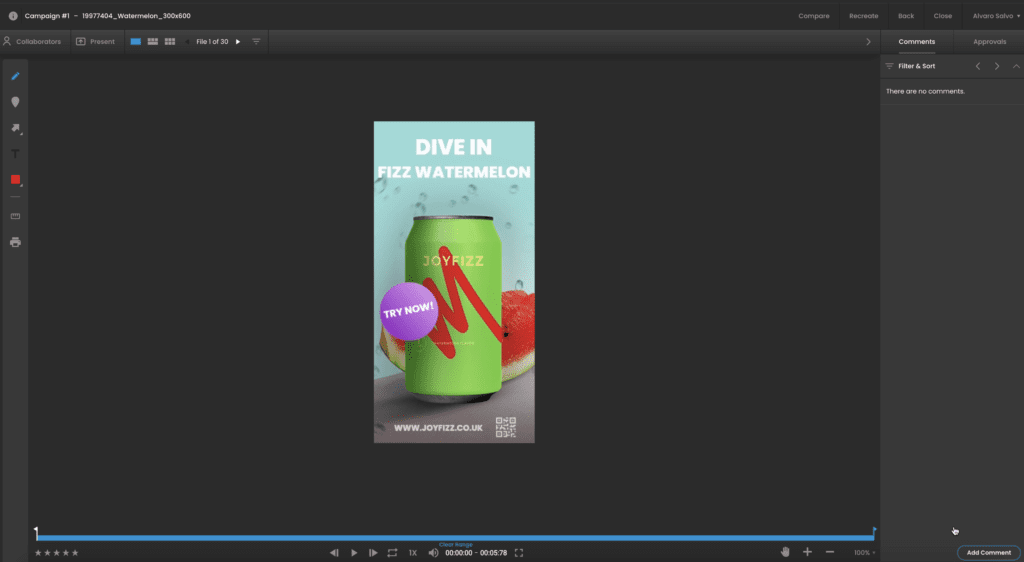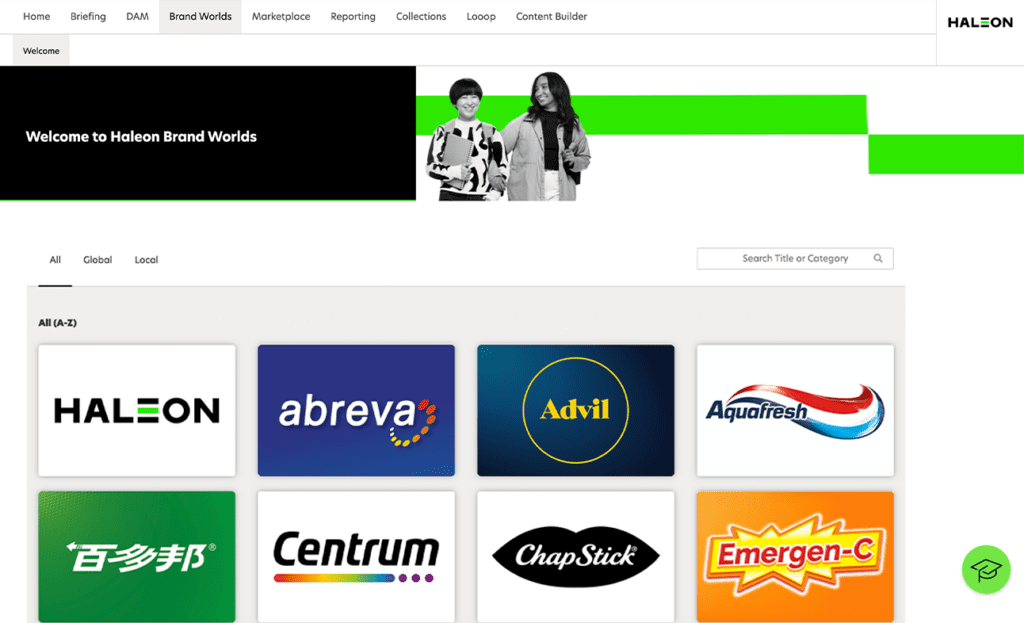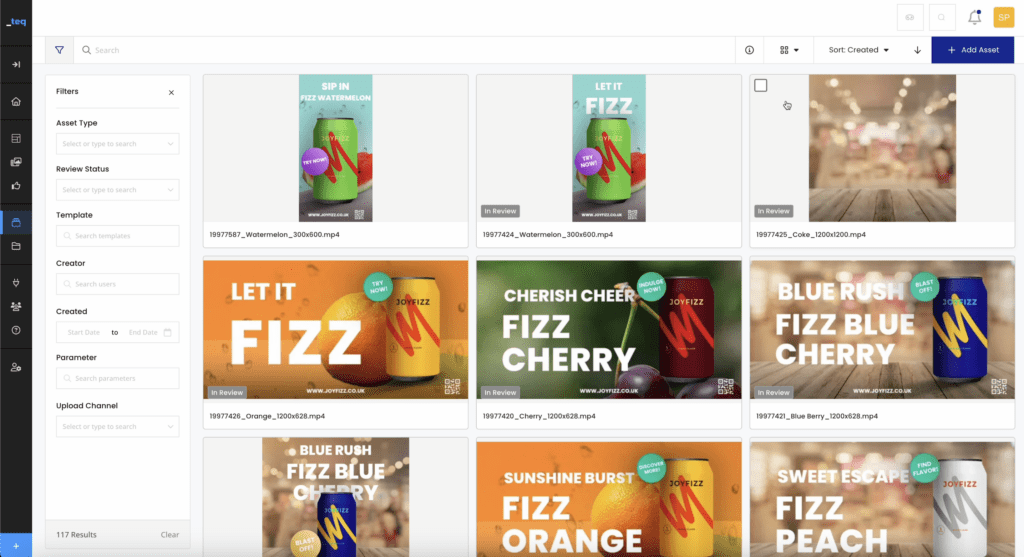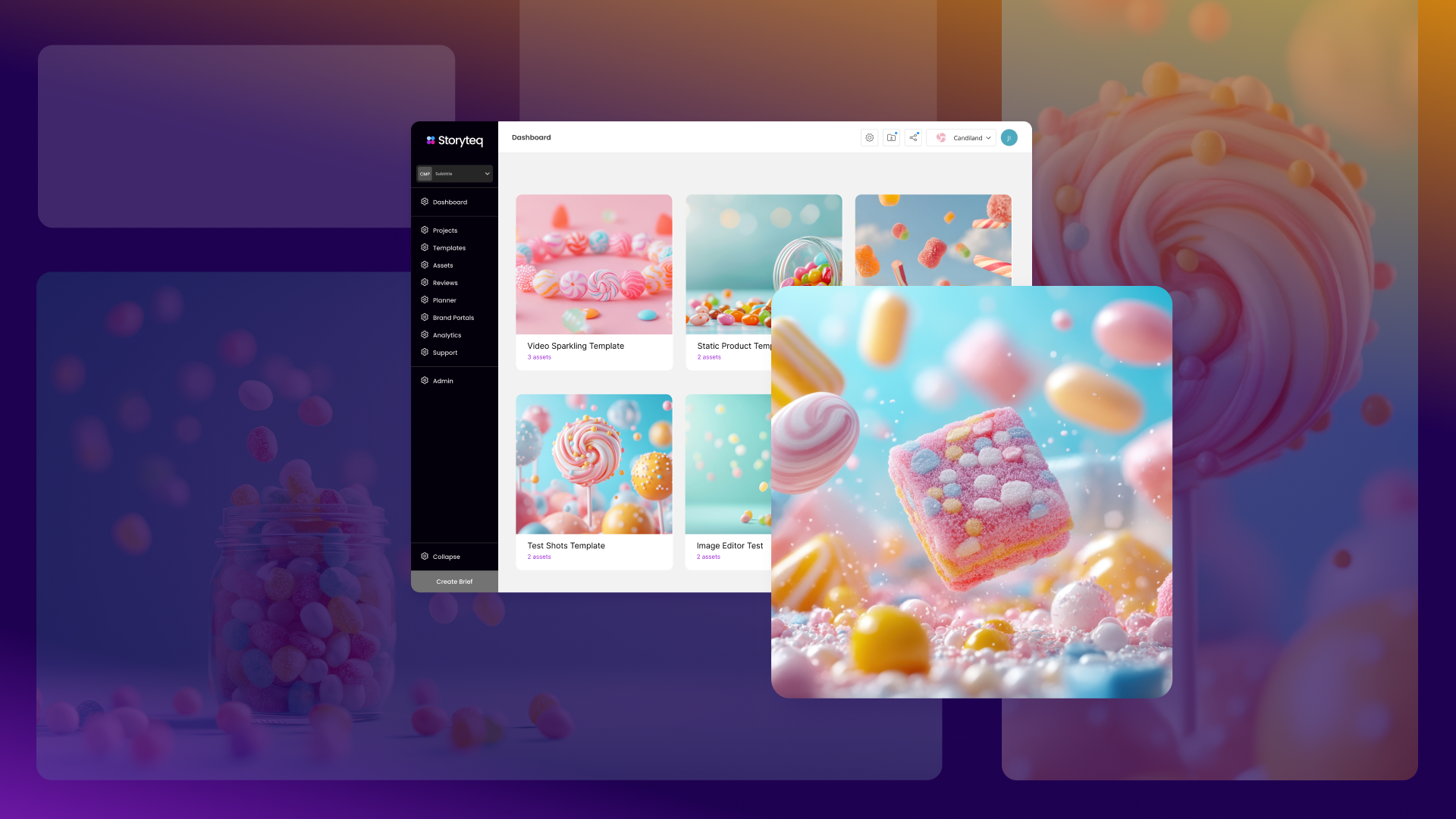Creative production is the backbone of modern marketing campaigns. As brands strive to engage audiences in a highly competitive digital landscape, the need for compelling, high-quality creative content has never been more crucial. This comprehensive guide explores the importance of creative production, the key components involved, and how it can elevate your marketing efforts.
Understanding Creative Production
What is Creative Production?
Creative production is the process of transforming ideas and concepts into tangible outputs that effectively communicate a brand’s message to its audience. This process encompasses a wide range of creative assets, including videos, graphics, animations, photographs, and interactive media. Through creative production, brands can bring their visions to life and engage their audiences with compelling visual and audio content.

Key Components of Creative Production
The creative production process encompasses several stages, each crucial for producing high-quality content:
- Ideation: This is where brainstorming and conceptualizing ideas take place. It is essential for generating creative concepts that align with the brand’s goals.
- Pre-production: In this phase, meticulous planning and organizing resources occur to ensure a smooth production process. This phase also includes design and development activities, such as storyboarding and scripting, to lay the groundwork for successful content creation.
- Production Techniques: The actual creation of the content happens here, involving activities such as shooting videos, designing graphics, or creating animations.
- Post-production: This is the final stage where the content is edited and finalized to meet the desired quality standards.
Effective creative production relies on collaboration among various professionals. Designers, marketers, creatives, producers, and writers all play integral roles in bringing a campaign to life. Each team member contributes their expertise, ensuring the final product is creative and strategically aligned with marketing objectives.

Companies can choose to handle creative production internally or outsource it to specialized agencies, depending on their resources and needs. In-house production allows for greater control and alignment with the brand’s vision, while external production can bring in fresh perspectives and specialised skills. Both approaches have their advantages and can be tailored to fit the specific requirements of a campaign.
The Role of Creative Production in Marketing Campaigns
Creative production plays a pivotal role in the success of marketing campaigns. High costs and limited resources are often challenges for brands, as creative production is an expensive, labor-intensive process. By streamlining workflows and utilizing efficient production techniques, these challenges can be mitigated. Effective creative production can make the difference between a campaign that resonates with the audience and one that falls flat.
Impact on Campaign Success
Successful campaigns often owe their impact to strong creative production. For example, Heineken’s use of dynamic templates to produce localized content has significantly boosted their engagement across different markets. This approach not only saved time and resources but also significantly boosted their return on ad spend (ROAS).
Key Metrics and Strategies for Effective Creative Production
Optimizing the effectiveness and return on investment (ROI) of your creative production efforts requires monitoring the right metrics and utilizing effective strategies.
What Metrics to Monitor in 2024
Monitoring the right metrics is crucial for assessing the effectiveness of your creative production efforts. Some of the key creative metrics to watch in 2024 include engagement rates, conversion rates, and Return on Ad Spend (ROAS).
Strategies for Positive ROAS
Achieving a positive ROAS is essential for the sustainability of your marketing efforts. Strategies such as leveraging automation tools, optimizing creative workflows, and continuously testing and refining your content can help maximize your returns.
Optimizing Creative Production Processes
Streamlining creative production methods can significantly enhance your marketing team’s efficiency. It can help with:
Reducing Creative Turnaround Time
One of the biggest challenges in creative production is reducing the time it takes to bring an idea to life. Streamlining workflows, using dynamic templates, and employing efficient project management tools can significantly cut down creative turnaround time.
Ensuring Brand Compliance at Scale
Maintaining brand consistency across various channels and markets is vital, and it’s an outcome of optimizing creative production processes. Implementing brand guidelines and using centralized platforms for content creation ensures all materials adhere to the brand’s standards. Read more in our blog on “Creating Brand-Compliant Content at Scale.”
Managing and Distributing Content At Scale
Creative Automation technologies, such as a content marketing platform, can help streamline and centralize your creative production. Adopting Creative Automation technologies leverages bulk asset creation and intuitive review and approval workflows, making it easier to manage and distribute content. These platforms facilitate collaboration, improve efficiency, and ensure consistent quality.
Innovations in Creative Production
Continuous innovations in the creative production sector have introduced various tools and methods to keep your ad creatives impactful, such as:
Integrating AI into Your Creative Production
Artificial intelligence (AI) is transforming creative production by automating repetitive tasks and providing insights into content performance. AI tools can help create personalized content at scale and optimize it based on real-time data.
Managing the Digital Content Lifecycle
Effective digital content lifecycle management involves planning, creating, distributing, and analyzing content. A solid plan ensures that content remains relevant, engaging, and aligned with your marketing goals. Discover how you can create a solid digital content lifecycle management plan in our blog.
Optimizing Creative Workflows for Cost-Effective Results
Streamlining creative workflows can lead to significant cost savings and more efficient production processes. Implementing best practices and using the right tools can optimize workflows and deliver better results.
Tools and Platforms for Enhanced Creative Production
Centralizing the creative production process using dedicated tools ensures brand compliance for ad creatives, even on a global scale.
The Role of a Brand Portal
A brand portal is a centralized hub that houses all brand-related assets, guidelines, and templates. It ensures that all creative materials are consistent and on brand, facilitating easier access and adaptation. Read more about how brand portals can bring your marketing to the next level in our blog.

Creative Production in Agencies
The Need for Sustainable Practices in Creative Production
Creative production processes are essential for agencies to stay on time and on budget while delivering high-quality digital creative assets to clients. However, these processes often encounter issues that can cost agencies time, money, and even their reputation. By adopting Creative Automation into existing workflows, agencies can create a sustainable, future-proof model. This involves addressing the constraints of time, cost, and quality that traditionally limit creative production.
Creative Automation helps streamline processes, reduce repetitive manual work, and enhance the capacity to produce high-quality creative assets consistently. This sustainable approach not only alleviates the stress on creative teams but also ensures that agencies can meet client demands efficiently and effectively.

Case Studies and Best Practices
Impactful Creative in Advertising: A FMCG Perspective
In advertising, generic campaigns often fail to engage today’s diverse global audience. Brands that overlook the unique preferences, cultural nuances, and behaviours across different audience segments miss opportunities to connect meaningfully with their customers.
Yet, localising content at scale poses significant challenges, as it is costly and demands extensive resources to meet tight deadlines. To address these challenges, creative automation technology emerges as a powerful solution. It enables brands to produce and adapt assets effortlessly, incorporating easy personalization and localization. By maximizing campaign performance through targeted and relevant content, brands can ensure their message resonates with diverse audiences effectively.
For example, take an in-depth look at how an FMCG brand uses innovative creative production for their campaigns. By making sure ad creatives lie at the intersection of business needs, brand goals and consumer expectations, Affinity Pet Care creates impactful advertising campaigns.
Best Practices from Industry Leaders
Effective ad strategies stem from a centralized approach that emphasises creativity and the right platforms for creation, measurement, and testing. Teams that excel in digital marketing demonstrate a blend of creativity and personalization, leveraging technology to automate ad production and maintain a strong brand identity.
Scaling ads involves using tools to create, manage, and analyze multiple ad formats while ensuring personalized experiences. Collaboration across departments, understanding audience needs, and a culture of continuous experimentation are key. Best practices from leaders in the field prioritise aligning marketing objectives with business goals and use data-driven insights to optimize ad strategies.

Conclusion
Creative production is a critical component of modern marketing campaigns. By understanding its scope, optimizing processes, and leveraging the latest tools and innovations, you can enhance your marketing efforts and achieve better results. For more insights, check out our blogs on Creative Automation and Dynamic Creative Optimisation.
Interested in taking your creative production to the next level? Book a demo with us today!
